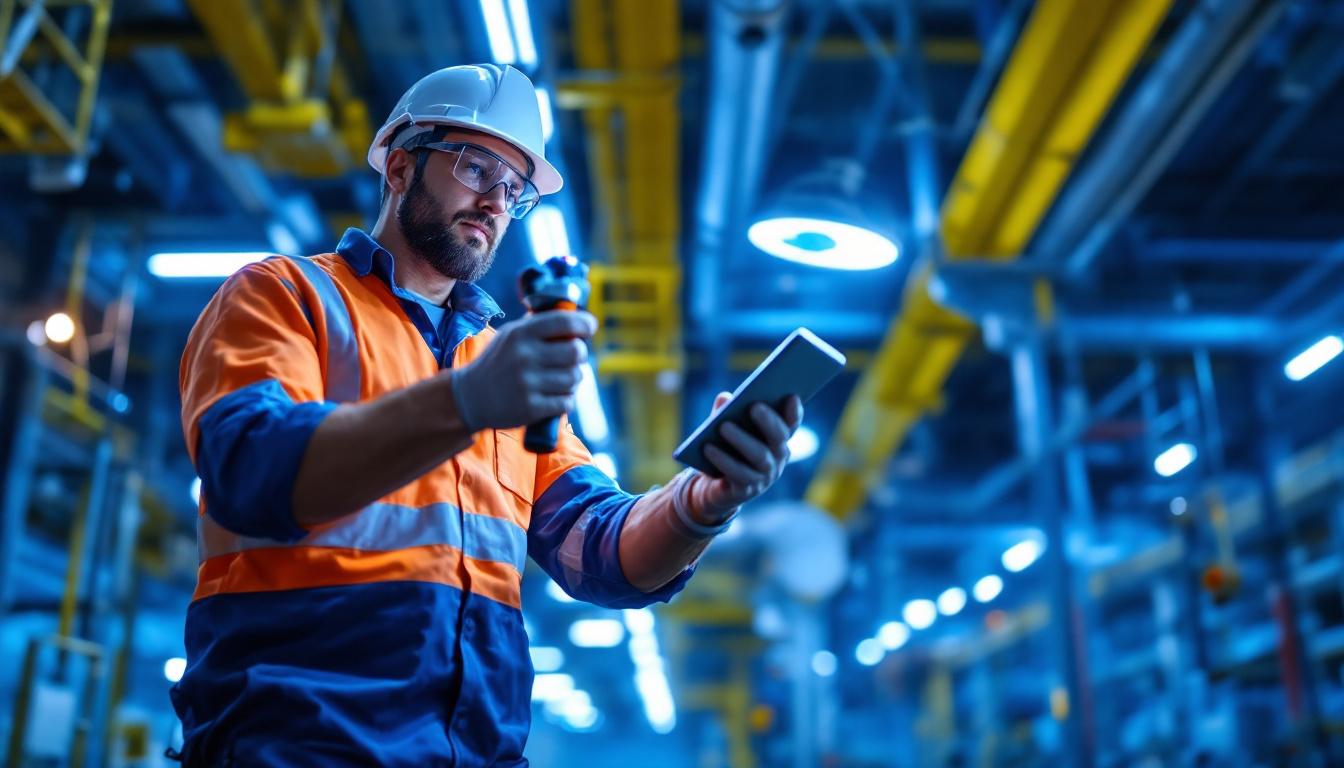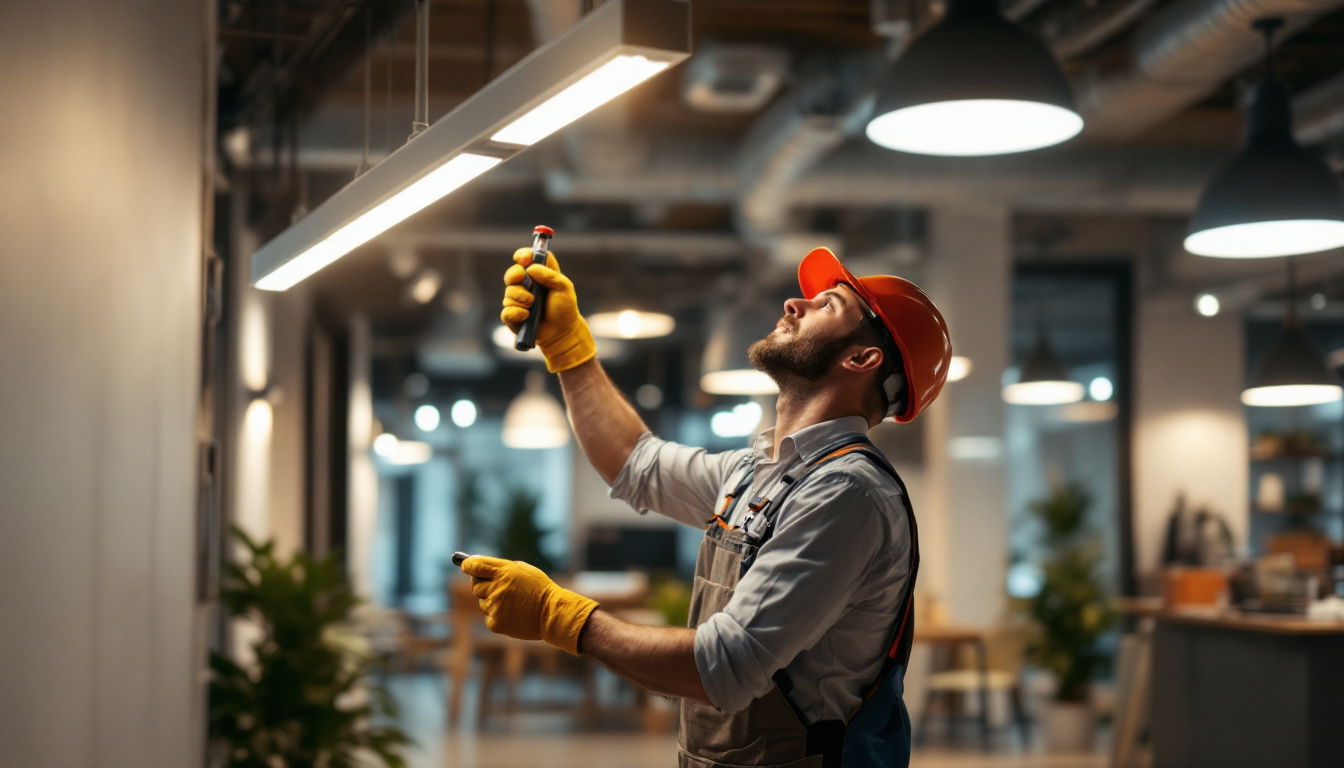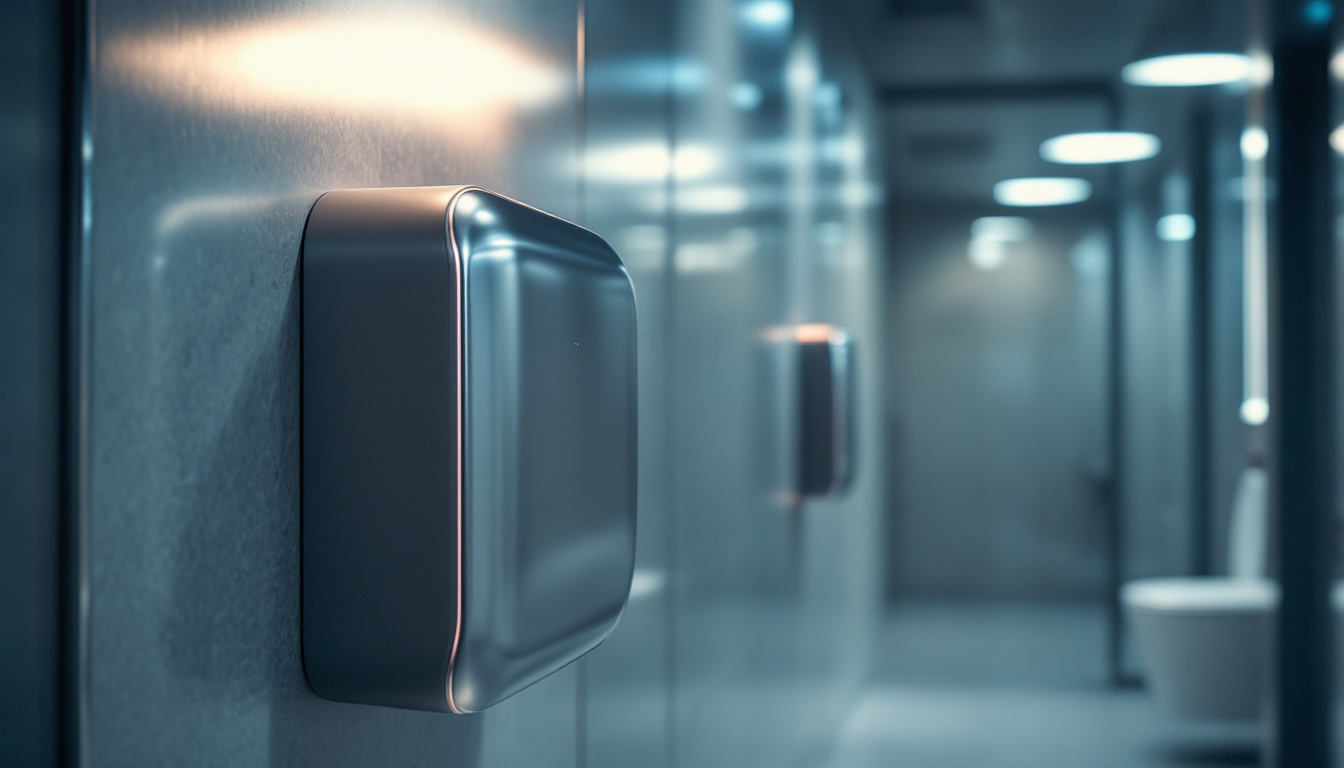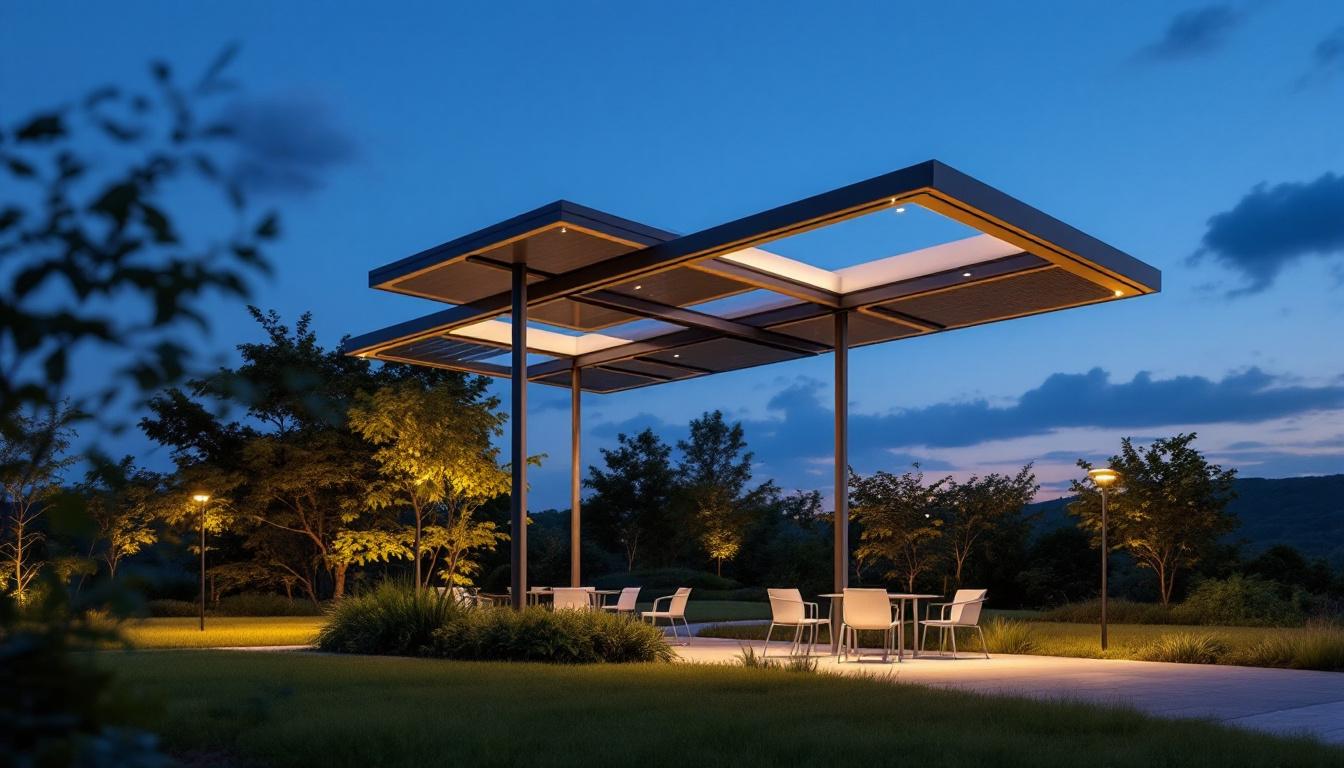
In the realm of industrial and commercial lighting, hazardous location lighting stands out as a critical area of expertise for lighting contractors. These specialized lighting solutions are designed to operate safely in environments where flammable gases, vapors, or dust may be present. Understanding the nuances of hazardous location lighting is essential for contractors to ensure compliance with safety regulations and to provide effective solutions for their clients.
Before delving into the specifics of hazardous location lighting, it is vital to grasp what constitutes a hazardous location. These areas are classified based on the likelihood of the presence of flammable materials and the potential for ignition. The National Electrical Code (NEC) outlines these classifications, which are primarily divided into Class, Division, and Zone systems. Understanding these classifications is crucial for ensuring safety in industrial environments, where the risk of fire or explosion can have devastating consequences. Proper identification and management of hazardous locations not only protect personnel but also safeguard equipment and infrastructure.
Hazardous locations are categorized into three main classes:
Each class is further divided into divisions or zones that indicate the likelihood and duration of the hazardous conditions:
Understanding the distinctions between these divisions and zones is essential for engineers and safety professionals tasked with designing and implementing safety measures in hazardous locations. Each classification informs the selection of appropriate lighting, electrical equipment, and protective gear, ensuring that all systems function safely and effectively in potentially dangerous environments. Furthermore, regular training and awareness programs for employees working in these areas can significantly enhance safety and preparedness, reducing the likelihood of accidents and ensuring compliance with regulatory standards.
When working in hazardous locations, lighting contractors must consider several factors to ensure the safety and effectiveness of their lighting solutions. These considerations encompass regulatory compliance, equipment selection, and installation practices.
Compliance with local, national, and international regulations is paramount when dealing with hazardous location lighting. The NEC, along with the Occupational Safety and Health Administration (OSHA) guidelines, provides a framework for ensuring safety in these environments. Contractors must be well-versed in these regulations to avoid legal repercussions and ensure the safety of workers. Additionally, staying updated on changes in legislation and industry standards is essential, as regulations can evolve based on new safety data or technological advancements. Regular training sessions and workshops can help contractors remain informed about the latest compliance requirements and best practices in hazardous location lighting.
Selecting the appropriate lighting fixtures for hazardous locations is crucial. Lighting contractors should look for fixtures that are specifically designed and rated for the intended class and division. Common types of hazardous location lighting include:
In addition to these types, contractors should also consider the energy efficiency of the lighting solutions they choose. LED technology, for example, offers longer lifespans and lower energy consumption compared to traditional lighting options, making it a preferred choice in many hazardous environments. Furthermore, the color temperature and lumen output of the fixtures can significantly impact visibility and safety, so careful consideration of these factors is essential during the selection process.
Proper installation is critical to the performance and safety of hazardous location lighting. Contractors should adhere to the following best practices:
Moreover, it is advisable for contractors to implement a rigorous quality assurance process during installation. This may involve creating checklists that detail each step of the installation and verification process, ensuring that no detail is overlooked. Additionally, engaging in post-installation training for maintenance personnel can enhance the longevity and reliability of the lighting systems. By equipping staff with the knowledge to perform routine checks and maintenance, contractors can help minimize the risk of equipment failure and ensure that lighting remains effective in hazardous conditions.
There are various types of lighting solutions available for hazardous locations, each designed to meet specific needs and requirements. Understanding these options allows contractors to recommend the best solutions to their clients.
LED technology has revolutionized hazardous location lighting, offering numerous advantages over traditional lighting solutions. LED fixtures are energy-efficient, have a longer lifespan, and provide high-quality illumination. They are also available in various designs suitable for different hazardous environments.
Fluorescent lighting remains a popular choice for hazardous locations due to its efficiency and effectiveness. These fixtures can be designed to meet hazardous location requirements, providing reliable illumination in environments where safety is a concern. However, they may not offer the same longevity or energy efficiency as LED options.
HID lighting is another option for hazardous locations, particularly in large industrial settings. These fixtures provide powerful illumination and are suitable for outdoor applications. However, they generally consume more energy and have a shorter lifespan compared to LED fixtures.
Lighting contractors face several challenges when working in hazardous locations. Awareness of these challenges can help contractors prepare and adapt their strategies accordingly.
Hazardous locations often present extreme environmental conditions, such as high humidity, temperature fluctuations, and exposure to corrosive substances. Selecting lighting fixtures that can withstand these conditions is essential for ensuring longevity and safety.
Regular maintenance is critical in hazardous locations to ensure that lighting systems remain operational and safe. Contractors should establish maintenance schedules and protocols to inspect and service lighting fixtures regularly. This includes checking for signs of wear, ensuring seals are intact, and replacing any damaged components.
Proper training and education for both contractors and end-users are vital in hazardous locations. Contractors should stay informed about the latest regulations, technologies, and best practices to ensure they can provide the best solutions to their clients. Additionally, educating end-users about the importance of safety and maintenance can help prevent accidents and ensure compliance with safety standards.
The landscape of hazardous location lighting is continually evolving, driven by advancements in technology and changes in regulations. Contractors must stay ahead of these trends to remain competitive and provide the best services to their clients.
Smart lighting technology is making its way into hazardous locations, offering enhanced control and monitoring capabilities. These solutions can improve energy efficiency, reduce maintenance costs, and enhance safety by providing real-time data on lighting performance and environmental conditions.
As industries increasingly prioritize sustainability, the demand for energy-efficient lighting solutions is on the rise. Contractors should be prepared to offer eco-friendly options, such as LED fixtures, that not only meet safety standards but also contribute to reducing the carbon footprint of their clients.
Regulations governing hazardous locations are continually evolving, reflecting advancements in technology and safety practices. Contractors must stay informed about these changes to ensure compliance and provide the safest solutions for their clients. Regular training and education can help contractors navigate these shifts effectively.
Hazardous location lighting is a specialized field that requires a deep understanding of safety standards, equipment selection, and installation practices. For lighting contractors, mastering these essentials is crucial for ensuring compliance and providing effective solutions in environments where safety is paramount. By staying informed about the latest advancements and challenges in hazardous location lighting, contractors can position themselves as trusted experts in this vital area of the industry.
As the landscape of hazardous location lighting continues to evolve, embracing new technologies and practices will be key to success. Whether it’s through the adoption of smart lighting solutions or a commitment to sustainability, lighting contractors have the opportunity to lead the way in providing safe and efficient lighting solutions for hazardous environments.
Ready to enhance the safety and efficiency of your hazardous location lighting projects? Look no further than LumenWholesale for a comprehensive range of spec-grade lighting products tailored to meet the rigorous demands of any challenging environment. Our commitment to quality and affordability ensures that you have access to the best lighting solutions without the burden of inflated costs. Take advantage of our hassle-free bulk buying options and free shipping to get your premium lighting at the best value. Elevate your lighting game with the perfect blend of performance and price. Wholesale Lighting at the Best Value is just a click away.

Discover cost-effective strategies for maximizing brightness in your projects with our guide on low-cost, high-lumen lighting.

Discover why purchasing vapor tight high bay lights in bulk from local distributors might not be the best choice.

Discover how automatic hand dryers contribute to safer lighting installations by reducing electrical hazards and promoting hygiene.

Discover the transformative potential of solar light canopies in revolutionizing energy-efficient lighting.